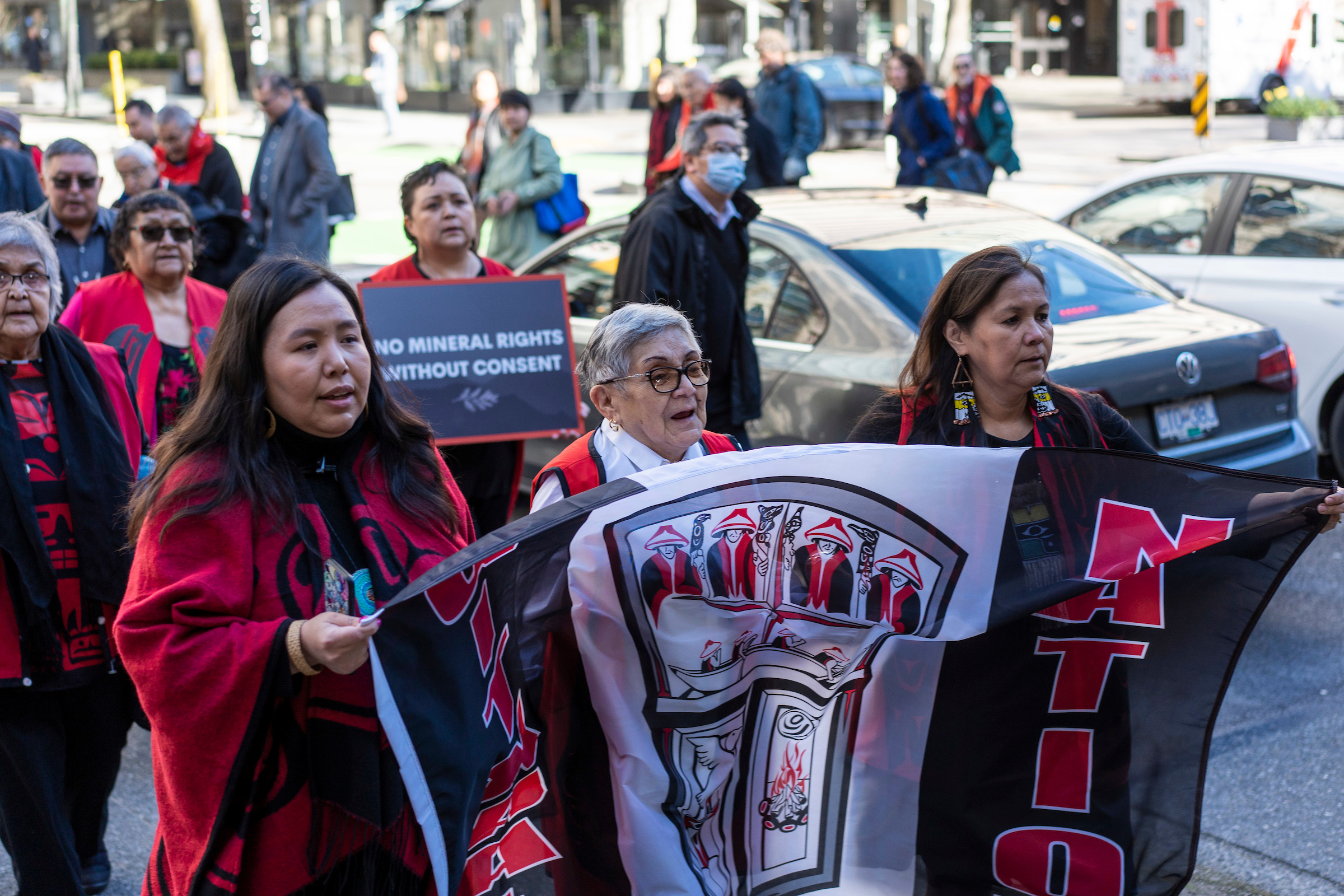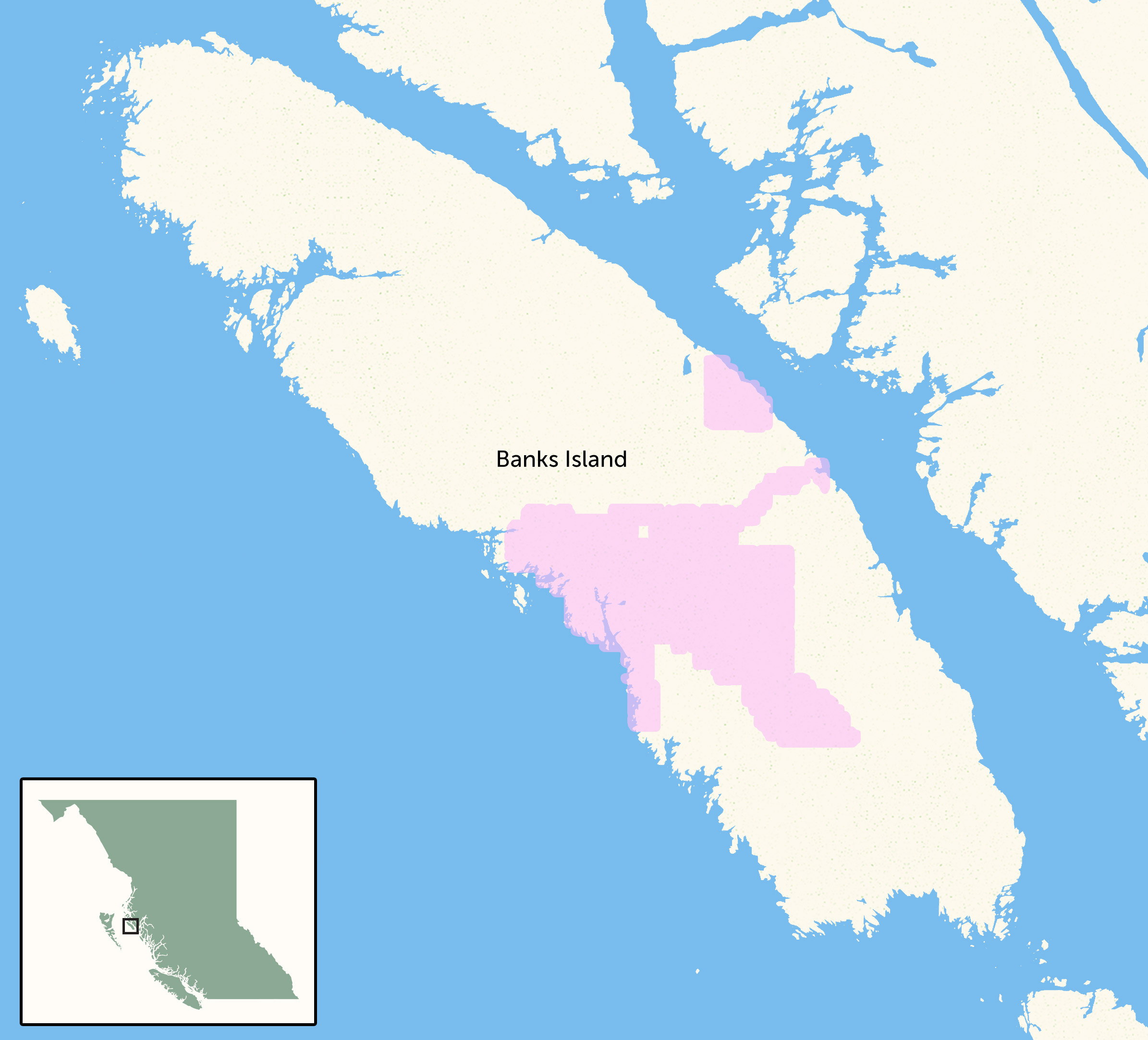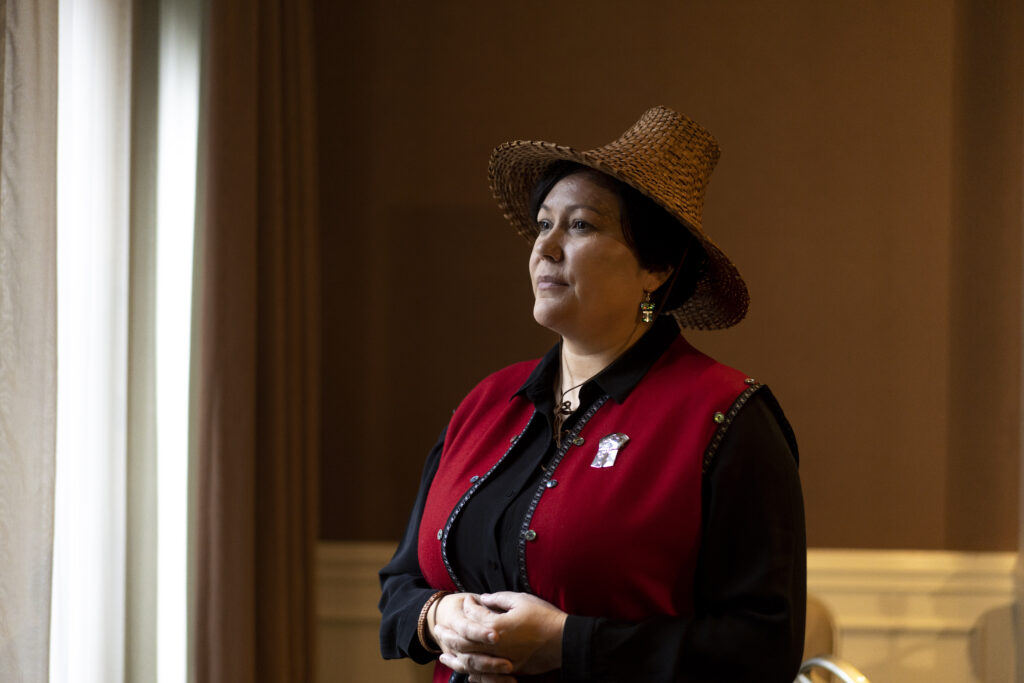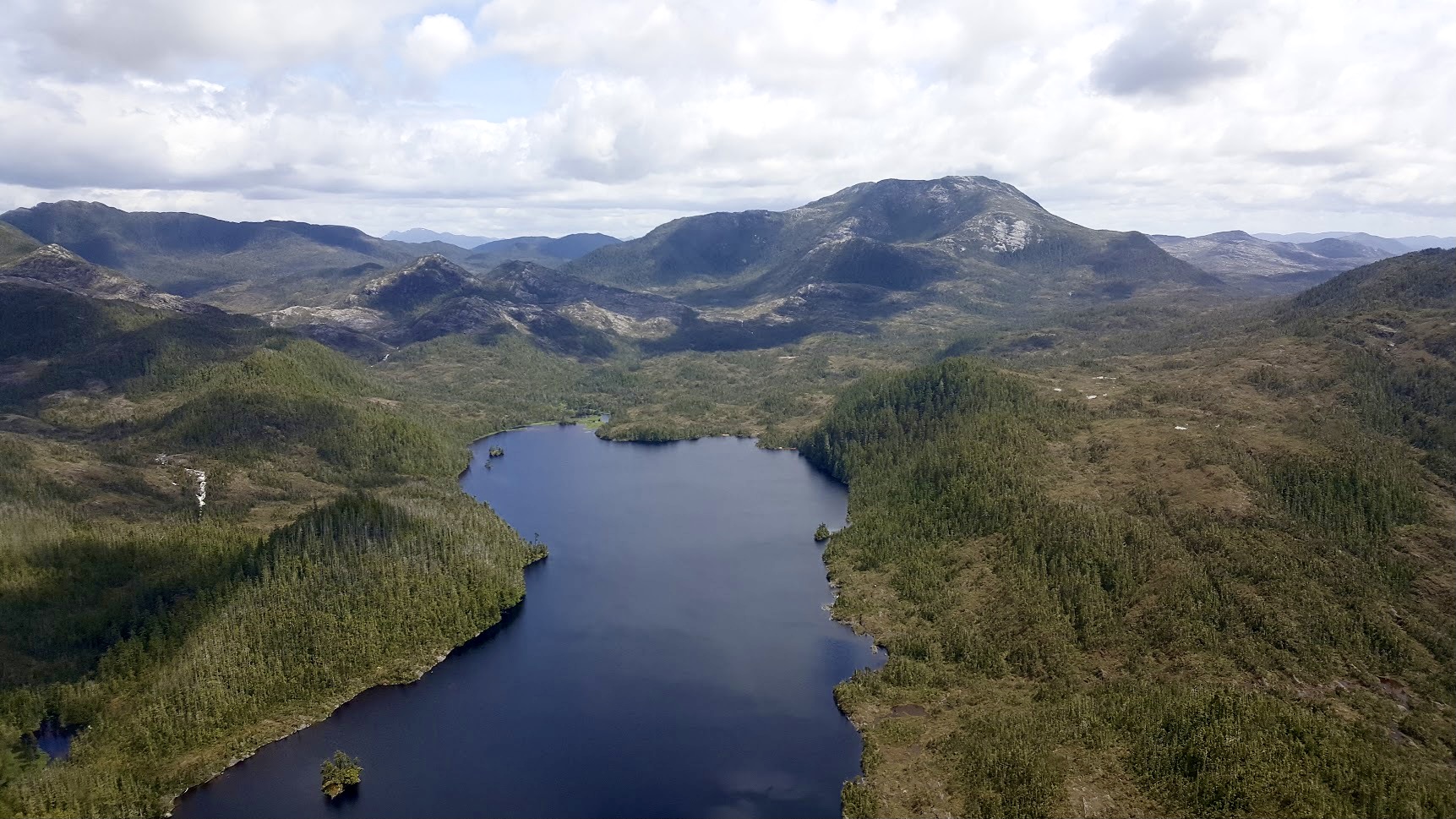
A dam destroyed their river. 61 years later, two First Nations fought for justice
A new documentary, Nechako: It Will Be a Big River Again, dives into how two...
First Nations in British Columbia must be consulted before any mineral claims are made in their territories, according to a decision released Tuesday by the B.C. Supreme Court.
This spring, Gitxaała Nation and Ehattesaht First Nation argued in court that the current way of giving out rights to minerals is based on a “colonial holdover,” which allowed claims to be made in their territories without consultation.
“The court’s decision makes clear what we knew all along: B.C. owes a duty to consult Gitxaała and other Indigenous nations prior to granting mineral claims in our territories, and it is breaching that duty,” Gitxaała Chief Councillor Linda Innes said in a statement.
The province’s current online system allows almost anyone to make a mineral claim. With a few clicks and a fee, certified individuals or companies can get the mineral rights to a plot of land. There is no duty to consult or notify First Nations if the mineral claim is in their territories before making the claim or exploring the area with handheld tools.
Without consultation, the process “causes adverse impacts upon areas of significant cultural and spiritual importance” to Gitxaała Nation and Ehattesaht First Nation, B.C. Supreme Court Justice Alan Ross wrote in his written decision. The current process also affects the Nations’ rights “to own, and achieve the financial benefit from, the minerals within their asserted territories.”

The province now has an 18-month deadline to consult with First Nations and change the current process and include the duty to consult.
“While the court suspended its declaration for 18 months, the case demonstrates that immediate overhaul of B.C.’s mineral tenure regime is required,” Innes said.
The case was also the first time courts considered the legal effect of the province’s commitment to the United Nations Declaration on the Rights of Indigenous Peoples (UNDRIP).
“Our position was … the court has a role in enforcing the application of the United Nations declaration,” Kasari Govender, B.C.’s human rights commissioner, told The Narwhal. The commissioner intervened in the case, meaning she could make legal arguments but was not involved in bringing the case forward.
However, Ross did not agree and found that the court does not have a role in enforcing the declaration act in relation to the issues brought forward in this case.
“This feels like a big disappointment and a step back,” Govender said. “When most of us saw that the declaration act was being brought into force here in B.C. we understood that to mean that UNDRIP was going to have real force and effect here in our laws and in our legal system.”
Gitxaała expressed concern the court did not give stronger weight to the United Nations declaration. Despite that, “the status quo has profoundly shifted,” Gitxaała Sm’ooygit Nees Hiwaas (Matthew Hill) said in a statement.
The Ministry of Energy, Mines and Low Carbon Innovation said in an email it is still reviewing the 148-page decision and it is committed to modernizing the process “in alignment with” the United Nations declaration.
Gitxaała Nation and Ehattesaht First Nation also asked for multiple claims in their territories to be quashed. Across the province each year, approximately 5,000 to 6,000 new mineral claims are made, according to submissions from the province.
The courts did not quash any claims or put a pause on any future claims. “We deeply regret that the court did not set aside the mineral claims we challenged in this case, and leaves our territory open for continued mineral claims staking without consultation for the time being,” Innes said.
Dozens of claims were made in Ehattesaht territory, on the west coast of Vancouver Island, while the case made its way through the legal process. A claim was also made in Gitxaała territory on Lax k’naga dzol (Banks Island), south of Prince Rupert, during the hearings.
While technically, claims can continue to be made over the next 18 months, “the landscape has totally changed as a result of this decision,” Gavin Smith, who was part of Gitxaała’s legal team, told The Narwhal.
“Consent and recognition of Indigenous jurisdiction is going to be required in how mineral rights are being addressed. And anyone who’s trying to sneak in the door in the next 18 months is going to be prejudicing their interests over the long-term by ignoring nations’ jurisdiction of the territories,” Smith said.

Ross’ decision recognized there are systemic issues in how claims are made in First Nations territories across the entire province.
“There are many mineral claims throughout Gitanyow territory that are the result of the free entry system that have a lack of consent behind them,” said Naxginkw, Tara Marsden, a Gitanyow member from Wilp Gamlakyeltxw who has worked with local chiefs for many years.
Gitanyow homelands span 54,000 hectares in northwest British Columbia. Mineral claims have made it challenging to protect salmon habitat or use the land for purposes other than mining.
Calls to change the Mineral Tenure Act, the legislation that guides how claims are given out in B.C., have gone back decades. “Now the province has the legal clarity that they claimed to have needed to actually act on this,” Marsden told The Narwhal.
A timeline emphasizes the urgency many First Nations and mining reform advocates have been pushing for, Nikki Skuce told The Narwhal. Skuce is the director of the Northern Confluence Initiative and co-chair of the BC Mining Law Reform network. Updating the process to include consultation and cooperation with Indigenous people will also achieve biodiversity and conservation targets, Skuce said.
Over the next 18 months, a new regime has to be created that addresses the needs of over 200 First Nations across the province, Marsden added. But they won’t be starting from scratch. “There is some background work that has been done in the previous efforts to reform the Mineral Tenure Act,” she said.
“I’m really hopeful that they’ll return to those key messages.”

The Northwest Territories, Nunavut, Newfoundland and Labrador, Nova Scotia, Quebec and Prince Edward Island all have policy variations restricting people from entering private property to prospect or make a claim without the consent of the land owner, according to the coalition of environmental groups who intervened on the case.
Modernization of the Mineral Tenure Act in B.C. was already underway, and the 18-month timeline allows the process to continue with “clarity and predictability,” Keerit Jutla, president and CEO for the Association for Mineral Exploration told The Narwhal.
“We believe that Indigenous participation is central to successful mineral exploration in B.C.,” Jutla said. The association has represented the mineral exploration industry since 1912. It was part of a coalition of industry groups intervening in the court case, arguing claim holder activities prior to permitting stages don’t impact Indigenous Rights and consultation is required when a proponent seeks permits.
As the new regime is developed, Jutla said the association will be encouraging proponents and partners to build relationships and meaningful collaborations with First Nations “as early in the process as possible, whether that’s contemplating staking or contemplating any projects.” The association offers best practices and resources online for companies who are looking for advice on how to start.
Over the 14 days of hearings, the province argued against any immediate changes to the current mineral tenure system and asked for a minimum of 18 months to reform the mineral title system.

In written and oral submissions lawyers for the province pointed to recent numbers from the British Columbia geological survey, which found spending on mineral and coal exploration grew to almost $660 million in 2021. Mining has generated a three-year annual average of close to $250 million in direct mineral tax revenue for the province, lawyers said.
While the province is citing the number of jobs and revenue the mining industry brings in, they are leaving out the cost of clean up and irreparable damages to the land, Gitxaała Hereditary Chief Nees Hiwaas previously told The Narwhal. “The damage is more than the money they make,” he said. “The people that come to do the mining are the ones that rape the land and then leave. They don’t have to live with it. We have to live with it. That’s what makes me sad.”
The economic arguments made by industry groups in court were almost seen as “parallel to constitutional rights,” Marsden told The Narwhal. “That is not the way to go about building relationships,” she said. There are progressive mining companies out there and now is the time to work with those who are ready to implement this “groundbreaking case.”
Gitxaała Elders, leadership and community members made multiple trips from their home territories of Banks Island and Prince Rupert to be present at the Vancouver hearings. Dozens of supporters joined First Nation leadership outside the courthouse for the final day of hearings and leadership left hopeful that change was coming.
“Like many nations, Gitxaała has been living with the consequences of bad mining practices for years. We knew that bringing this case forward was not just the right thing for Gitxaała, it was also part of the broader work of ensuring respect for the laws and governance of all sovereign Indigenous Peoples in B.C.,” Innes told The Narwhal in an email.
“We see this as another step in the journey we are on to make a better world for the future generations of all Indigenous Peoples in this province.”
Get the inside scoop on The Narwhal’s environment and climate reporting by signing up for our free newsletter. Angello Johnson’s shoulders burn, and his arms...
Continue reading
A new documentary, Nechako: It Will Be a Big River Again, dives into how two...

Bracken was recognized for intimate portraits of residents of Fort Chipewyan, Alta., who told her...

A guide to the BC Energy Regulator: what it is, what it does and why...
